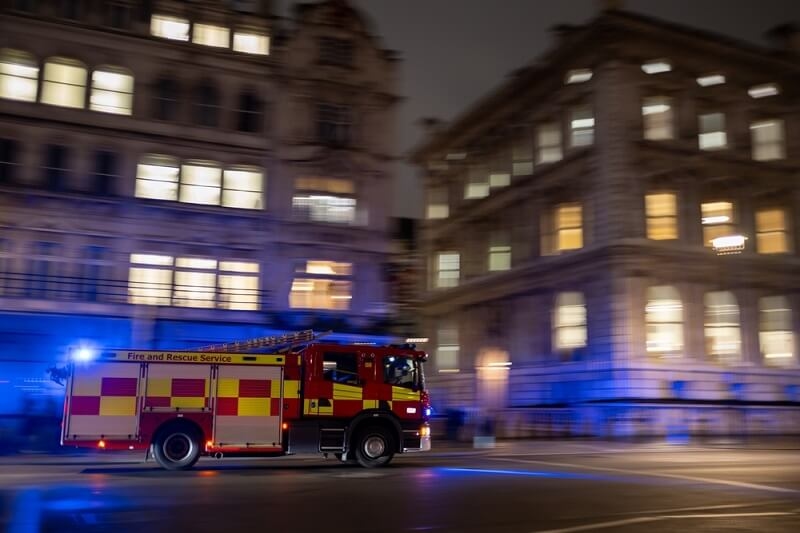
Street photography in Pittsburgh has its very own specific rhythm—among the rivers, bridges, and bustling neighborhoods, the city by no means stands still. To simply seize its electricity, photographers turn to motion photography techniques that deliver still images into existence. For those exploring beginner movement pictures or running on shooting shifting topics, understanding the way to manage light, shutter speed, and composition is the key to achievement. In this manual, we’ll dive into sensible road photography recommendations while strolling you through how to freeze or blur movement, use panning effectively, and grasp the city vibe that Pittsburgh gives to street photographers.
The essence of Pittsburgh street images lies in its dynamic environment. Unlike posed portraits or studio shots, the streets are alive with unpredictability. Buses move throughout Liberty Avenue, cyclists flow over the bridges, and pedestrians hurry through Market Square. By applying motion image strategies, you can convey testimonies that static images often omit.
For those just starting, those elements are what flip newbie motion photography into art in preference to snapshots.
If your purpose is taking pictures of moving subjects in Pittsburgh, your gear selections will make the distinction between a blurred mess and a clear motion image.
While tools are helpful, the genuine skill lies in your understanding of motion image techniques—getting to know shutter velocity, ISO, and aperture.
When starting with newbie action photography, the technical facet might also appear overwhelming. But after you draw close to the basics, it will become 2d nature.
The secret is experimentation—don’t be afraid to check how one-of-a-kind speeds and settings affect shooting moving subjects.
One of the most powerful motion picture strategies is panning. Let’s smash it down:
Tracking your moving difficulty with the camera while the usage of a slower shutter velocity, resulting in a sharp image in opposition to a blurred background.
With practice, you’ll study why panning images defined is critical for developing artistic movement in a city environment.

To capture Pittsburgh’s unique motion, observe these road picture pointers:
The key to movement is timing—count on the moment as opposed to reacting to it.
Approaching is essential when taking pictures in a crowded town. These recommendations for city motion pix can help you be triumphant on Pittsburgh's streets:
Putting those techniques into practice improves amateur movement images and sharpens your capacity to cope with the unpredictable nature of metropolis life.
After nightfall, Pittsburgh is a wonderland for long-exposure fans thanks to the glittering bridges, neon signs and billboards, and moving traffic.
Combining those with different motion image strategies can raise your portfolio from day to night.
Even pro photographers slip up while managing motion. Avoid those pitfalls:
These errors are a part of the studying curve, specifically for the ones practicing newbie action photography.
Planning photographs, selecting dynamic topics, and learning timing are all vital to developing the dependency of creating movement pictures. Use burst mode, test with shutter speeds, and guidance panning. Scout areas with masses of movement, together with roadways or fields used for sports. The mystery to getting exciting motion to your pix is to be consistent, continual, and to examine your progress.
Consistency ends in development. Here is a shape for an exercise:
Following this ensures steady development in studying motion picture strategies even as collecting a very unique portfolio of the Steel City.
Street photography isn’t pretty much about sharpness or blur—it’s approximately storytelling. Motion lets you narrate Pittsburgh’s vibrancy:
These pictures replicate both artistry and authenticity, making your urban action picture tips surely come alive.
Gaining proficiency in motion photography techniques results in countless creative possibilities, particularly in a vibrant city like Pittsburgh. Focusing on shooting and transferring subjects permits you to infuse your photos with power and narrative, regardless of whether or not you're simply starting with amateur action pictures or honing your style. Pittsburgh gives important road photography advice to help you flip your pictures into compelling narratives, from finding dynamic mild to framing in crowded downtown locations.
You can create an experience of pace and glide by way of the use of techniques like panning images, which are described in easy steps, to blur backdrops at the same time as preserving your situation crisp. Try out some town action pictures recommendations as you study, along with various shutter speeds, expecting motion, and deciding on the great perspectives to spotlight moving city activity. Your capability to freeze or blur movement will enhance with exercise and endurance, helping you to take hanging avenue pictures that perfectly seize Pittsburgh's strength and pulse.
This content was created by AI